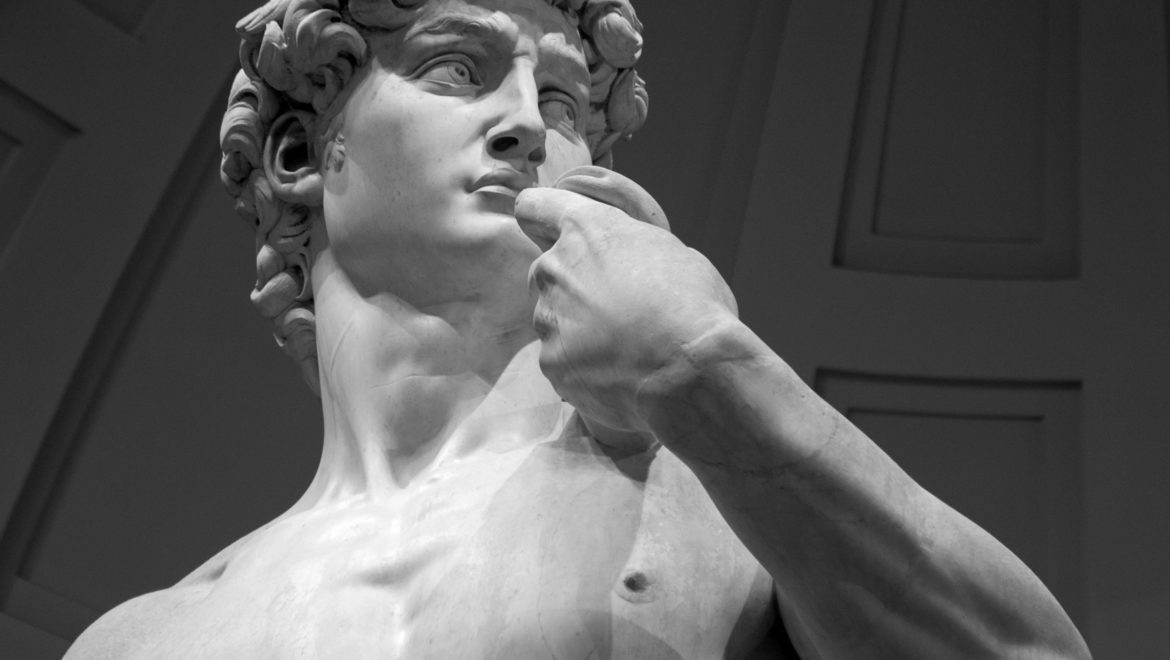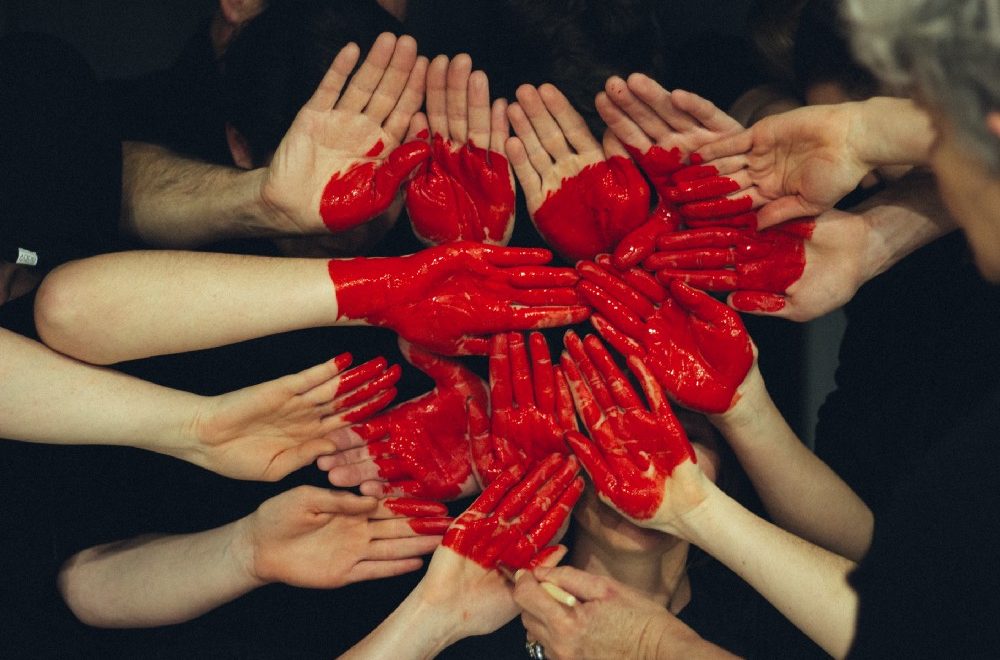Do You Constantly Obsess About Your “Problems”? Try This
Problems. We all have them. Or at least we think we do.
Here are a few examples. See if you can spot the one thing they all have in common.
“I’m so worried my kids won’t do well with this whole COVID, distance learning thing and that they’ll fall behind and never catch up.”
“I can’t tell if my boyfriend is really into this relationship for the long haul. Should I stay? Go?”
“I wonder if I’ll survive this next round of layoffs?”
The common theme here? The problem is in the future. Will my kids be okay in the future? Will my relationship last? Will I get laid off?
Future, future, future. Don’t feel badly if this is you because just about everybody does it.
Worrying makes sense
And like most human behaviors there is some rational, though unconscious, basis for dwelling on the future. “If I don’t worry about my job security I won’t be ready to deal with getting fired.” It’s part of an evolutionary instinct for self-preservation.
But just because it’s rational doesn’t mean it’s healthy. It’s not. Worrying about the future is possibly the single most self-destructive act humans engage in. It is almost always all harm and no good.
What to do about it
Fine. So what should you do if you constantly find yourself worrying about your problems?
This. Next time your mind blasts off to Worryland and that awful, insidious anxious guck starts rearing its ugly head, stop and ask yourself this question:
Is there anything going on in THIS moment that is really that bad?
I’m telling you, 99% of the time your answer will be, “Well…no. Right now I’m just driving home from work listening to music.”
Bottom line: Most of the moments of your life are at least okay and bearable. Sure, when your boyfriend breaks up with you those moments will be painful. And your boss telling you you’re fired would cause a series of painful moments.
But most of our moments aren’t that bad. We just make them bad by dwelling on all the bad things that could happen in the future.
My family flu fiasco
Here’s an example from my life where this whole concept crystallized for me. A few years ago I got the flu. Just as I was getting over it my one year old got diarrhea and started throwing up. Then my seven year old threw up all night. Then my nine year old started throwing up. Then the final domino fell when my wife went down for the count.
And it hit me: I am sooooo screwed. I still felt weak and lousy and was going to have to take care of all four members of my family that night and the for the foreseeable future.
That night my son yelled for me to get him some Gatorade. As I zombie-walked toward the kitchen I started thinking about all the misery that lay ahead.
A Gatorade epiphany
Just as I was about to spiral down the rabbit hole, I stopped. And I said to myself, “Is there anything awful about this moment? You’re walking to the kitchen to get Gatorade for Hank. What’s so bad about that?” And just like that, the pit in my stomach disappeared. The next day, my wife was fine and the three kids were on the mend.
Again, so much agony in our lives comes from projecting into the future all the bad things that could happen to us. Then we let all those negative thoughts about the future comprise how we feel in the present moment. The actual reality of the present moment usually has no bearing on how we feel.
Think of all the misery you could eliminate if you just taught yourself how to drop into the reality of each present moment. No thinking about the future. No thinking about the past.
Seek refuge in the now
What I’m really suggesting here is that you seek refuge in the present moment. You might think, doesn’t that just mean escaping from life? NO! The exact opposite. You’re going toward life. Why? Because life only occurs in the present moment. It always has and it always will. Everything else is just mind activity.
You might say, “Well, just being present and not thinking about my problems is easier said than done.” And you would be right. It isn’t easy. We’ve all been hardwired to be this way and we’ve been doing it for, in my case, several decades.
Meditation helps foster presence
But we absolutely CAN get better at being present. Meditation, which is just practicing being in the moment, is an obvious thing we can do to help in this area. Practicing mindfulness, which is simply meditation in your daily life, also helps immensely.
If you want to take a stab at meditation I have a free program designed to help regular folks develop a practice. You can find it at davidgerken.net.
So remember, next time you get spun up about your problems, stop…Then ask yourself if anything about the present moment is all that bad. The more you do this the more you’ll live your life in the only space it ever takes place: the present moment.










